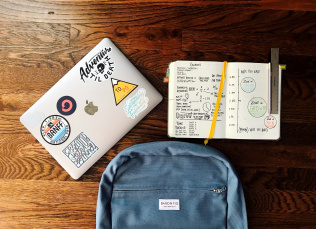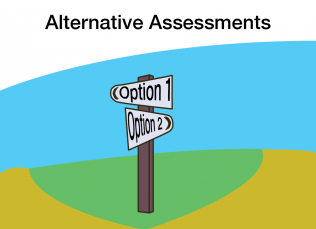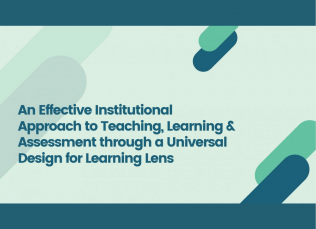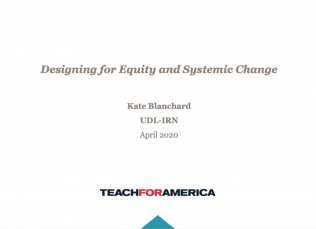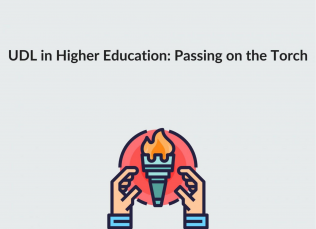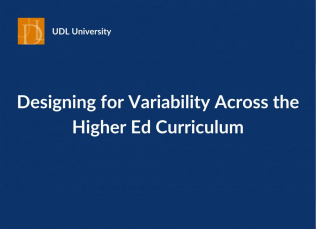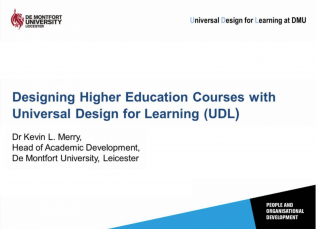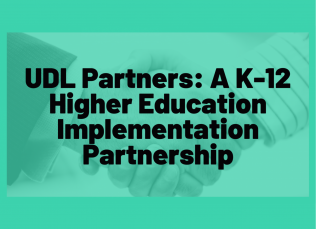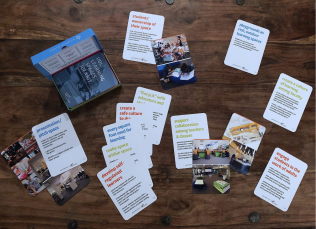Module Link
This resource was originally developed with resources from the College STAR grant. That grant has ended and the College STAR modules will now permanently reside at the East Carolina University Office for Faculty Excellence.
Alternative Assessment Module Introduction
In academia we tend to have specific traditions related to how we assess students: writing assignments, lab reports, oral presentations, tests, etc. However, these assessment methods often require students to master the method of delivery even before getting to the content itself. For a term paper in a history class, for example, a student earns their grade in part based on their ability to write a well-formed paper – regardless of whether writing was an intended learning objective for the course.
The trouble with this approach is that students come to our courses from a variety of backgrounds and for a variety of purposes. While we can expect them to have a basic level of proficiency with the written word, for example, it is less likely that they will have mastered communication in the forms generally expected in a specific discipline. As a result, an instructor often needs to choose between spending time teaching students to write in the accepted format for their discipline, providing resources and expecting students to figure it out for themselves, or simply providing assignments and hoping for the best.
And the results are often less than pleasing. Students struggle to identify proper formats and approaches, graders get frustrated as they wade through an array of sub-par written work, and everyone wonders if the grades students are assigned really match up with the degree to which they have mastered the skills the instructor really wanted them to master in the first place.
One source of this problem is that we typically start our assessment design with a predetermined mode of response in mind. We begin, for example, with the idea that there should be some specific number of homework assignments, periodic tests or quizzes, presentations, written work, and so on – all layered in a certain way through the semester. We take care to build things in a worthwhile progression through the semester, even offering low and high stakes assignments with plenty of feedback to help students through. But what we forget is that each assignment mode carries with it a skill set that students must also master, in order to perform well.
One way around this problem is to focus our assessment design around content and learning objectives, with permission given to students to vary their method of response. Suppose for example I have asked my students to write a short reflection paper in response to a reading assignment. As an alternative, I might ask them to respond either in writing or through some other method, chosen by them. I can grade their responses according to a rubric that aligns with the learning objectives and goals for the assignment, while giving students the freedom to present their work in a form that suits their interests and capabilities.
This is the alternative assessment model: giving students license to express what they have learned using methods chosen by them, rather than prescribed by their instructor. The result is a situation where barriers related to the format of assessment are removed, and student grades are more likely to reflect levels of student mastery. Instructors can continue to hold students to high standards for content mastery, and students can bring increased effort and creativity to their work.
View full module
Support for this Module
Original development of this module was made possible by the College STAR (Supporting Transition Access and Retention) initiative. College STAR was a grant-funded project focused on partnering postsecondary educational professionals and students to learn ways for helping postsecondary campuses become more welcoming of students with learning and attention differences. Much of this work was made possible by generous funding from the Oak Foundation.
